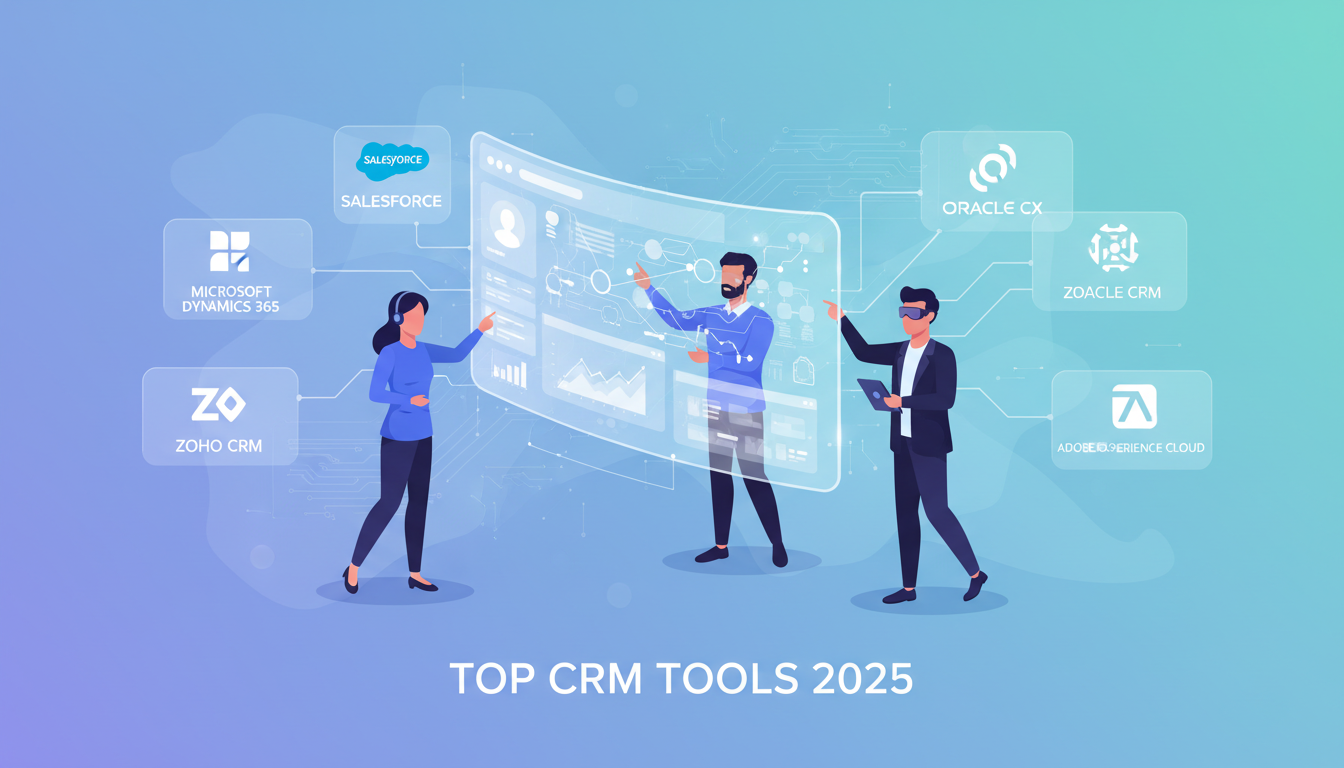Are you an entrepreneur or small business owner dreaming of taking your business to the next level?
I have some good news: There is a sound strategic way. If practical steps are taken consistently – you can expand business operations and boost its revenues.
Here are 10 steps that you can follow to help drive your business growth in a sustainable fashion. Let’s get started!
Conduct In-Depth Market Research
The first and most crucial step is to really know your market inside and out. This includes knowing your ideal customers – their needs, challenges, buying habits, preferences and more.
Indeed, nearly 90% of consumers say they read online reviews before they buy.
Thorough market research will provide actionable insights into:
• Customer demographics and psychographics
• Buyer personas
• Consumer behavior patterns
• Market trends and forces
• Competitor landscape
Do it carefully. Start by surveying, focus-grouping, interviewing and listening across the internet to learn more about the market. Then analyze the data to craft a growth roadmap.
Remember, this homework has to come first – there can be no effective business growth, and certainly no winning strategy – until you’ve identified your ecological domain.
Craft a Focused Business Plan
Now you convert your market research into a structured business plan on growth. That gives you a roadmap of how you should move towards expansion and opportunity.
Rather, research demonstrates that firms with a formal written plan are better prepared to experience growth and investment, being 16% more likely than others without one.
It should define the specific milestones, tactics and budgets needed to grow your business, along with:
-
Executive summary
-
Company overview
-
Market analysis
-
Growth objectives and KPIs
-
Marketing plan
-
Operational plan
-
Financial plan
-
Competitive analysis
-
Risk assessment
-
Appendix with supporting data
Having this level of detail and considered plan before you takes success in the bank – it forces you to think things through in a present-ready manner.
Use the plan as a north star – a means to continually bring strategic intent together with execution. Then, check back in regularly, ideally every quarter, to revisit it and adapt it to changes, both in the market and with results or new opportunities.
Prioritize Digital Marketing
Since markets become increasingly digital, an effective online footprint is an important goal.
Ecommerce sales are predicted to account for 23% of total retail turnover by 2027, with the rest of the money being spent in bricks-and-mortar shops.
An effective digital marketing strategy should leverage channels like:
-
Search engine optimization
-
Pay-per-click ads
-
Social media
-
Content marketing
-
Email marketing
-
Affiliate partnerships
-
Online public relations
Generate website traffic, convert website traffic into leads, and then turn those leads into paying customers. Automate everything at scale using marketing automation and CRM tools.
Track the main metrics by paying close attention to click-through rate, cost per acquisition and conversion rate. Make sure to test and refine your digital efforts consistently until you’ve squeezed out the best possible ROI.
A healthy online profile will come in handy for when you decide to scale your business in the future.
Deliver Outstanding Customer Experiences
Although it is marketing that attracts new customers, it is consistently good service that keeps them and makes the business sustainable by getting them to come back for more.
Indeed, customer-experience-led firms outperform their industry peers by between 10-15% in revenue growth.
Indeed, be so focused on learning what your customers really need and then delivering more than they expect at each stage of the relationship that they consider it a no-brainer for you to succeed. Best ways include:
-
Gathering customer feedback through surveys and reviews
-
Providing personalized, omnichannel customer service
-
Empowering staff with CRM insights to enhance engagement
-
Streamlining processes to remove pain points
-
Implementing self-service options like chatbots
-
Monitoring social media for complaints and opportunities
-
Sending "wow" moments like surprise discounts or free gifts
Streamline Operations with Technology
Modernizing your operations using technology and automation is also essential for scaling efficiently.
Processes can be improved and automated, reducing staff requirements by 30% over time, according to research.
Find ways of digitizing manual workflows or leveraging data analytics to decrease waste. Upgrading legacy systems. Take the necessary steps to move from the ‘push’ strategy for marketing, where messages are targeted at customers and prospects, to the ‘pull’ strategy, where would-be buyers can find you when using search engines to find a product that you supply.
For example, you could:
-
Adopt cloud-based business systems
-
Build a mobile app to engage customers
-
Use AI chatbots for customer service
-
Automate order processing with workflow software
-
Leverage business intelligence to glean insights
Technology and automation mean the additional cost and time saved only increases as your business grows, so make this a priority area for increasing your operational capacity.
Network Strategically to Unlock Growth Opportunities
For one thing, it’s not just what you know, it’s also whom you know. In fact, about 70% of new jobs are sourced through networking.
If you take the time to cultivate them, your sphere of influence can boom. You can gain more customers, find talent and business partners.
Ways to network effectively include:
-
Attending conferences and industry events
-
Joining professional associations and clubs
-
Volunteering for causes important to your audience
-
Partnering with complementary businesses
-
Hosting or speaking at local meetups
-
Engaging on social media platforms like LinkedIn
-
Referrals from existing contacts
Set networking KPIs such as number of new connections per month and track the revenue they generate.
When your company grows, a strong network of professional connections will become a powerful catalyst for growth.
Carefully Monitor Financial Health
Make sure you at least review all of your major financial statements. There are income statement, balance sheet, cash flow report – at least once a month.
Watch the KPIs – such as revenue growth rate, gross margin, churn rate, burn rate – that are typically used in your company to indicate how things are trending.
This is critical because small businesses create nearly two-thirds of net new jobs in the US. Maintaining good, robust financial hygiene means that you have money to re-invest and take on new employees as your business grows.
If the numbers turn bad, bring costs down, improve collections and re-negotiate with suppliers Finance needs to be reviewed regularly – not just at year-end.
Invest in Employees to Boost Productivity
Your team is your biggest asset. Companies that train and engage employees see a 22% increase in productivity.
Give workers the time and resources to develop their potential, and give them an environment that encourages them to do the same. Create an environment that empowers people to do their best.
Among other things, we see that teams who are highly engaged contribute 21% more to the functioning of teams as a whole and to business results.
So focus on tactics like:
-
Offering professional development programs
-
Implementing skill-building training
-
Providing tuition reimbursement
-
Giving recognition and rewards
-
Encouraging open communication
-
Tracking engagement via surveys
-
Promoting internally when possible
This will in turn enable your staff to be most effective at supporting business growth through the ebbs and flows of the challenges and opportunities that may lie ahead. Invest in your stars.
Final Thoughts
Market pressure on the estimated 32 million-plus small businesses in the United States is fierce. Entrepreneurs now need the same strategic sense as large firms, to grow their companies in the crowded marketplace.
















